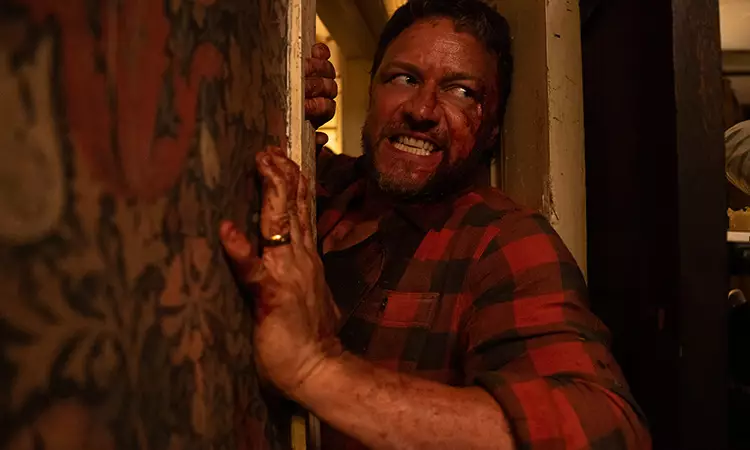Horror films have an undeniable way of tapping into the deepest anxieties that plague family dynamics, showcasing how the very bonds meant to provide comfort can become a source of dread. The juxtaposition of familial love and lurking terror allows audiences to explore the dark side of relationships within the safety of a cinema. This riveting blend has resulted in standout performances, such as Toni Collette’s haunting portrayal in *Hereditary* and Jack Nicholson’s chilling role in *The Shining*, both of which illustrate how familial dysfunction can lead to unspeakable horrors. In recent cinema, this theme continues to resonate, as seen in the unsettling film *Speak No Evil*, directed by James Watkins.
*Speak No Evil* takes inspiration from the original 2022 Danish horror film by Christian Tafdrup, cleverly adapting it into a British context. The film crafts an alarming narrative that stems from a seemingly innocuous holiday, where an American family, consisting of Louise, Ben, and their daughter Agnes, encounters a British family during their vacation. As the plot unfolds, cultural differences and conflicting parenting styles come to the forefront. The tension escalates as the Americans grapple with the British family’s perplexing behaviors and increasingly uncomfortable social interactions. This clash not only serves as a breeding ground for discomfort but also highlights the fragility of social norms within different cultural frameworks.
One of the distinguishing features of Watkins’s adaptation is its approach to character motivation. While the original film leaves many aspects ambiguous—allowing viewers to fill in the gaps—this remake provides clearer insights into the rationale behind the characters’ unsettling actions. It embarks on a journey that traverses themes of masculinity, power dynamics, and predatory behavior, ultimately crafting a narrative laden with both dark humor and shock. This balance allows the film to explore its characters with depth while simultaneously eliciting discomfort and laughter from the audience.
Watkins’s direction brings a choreographed intensity to the film, particularly as the tension mounts in the climax set within the labyrinthine confines of a country house. The architectural design of the setting fosters claustrophobia, enhancing the viewers’ suspense as they anticipate each twist and turn in the plot. Performances shine as the actors embody their roles with a palpable sense of urgency and enjoying their descent into dark humor. James McAvoy’s portrayal of an unpredictable figure contrasts starkly with Scoot McNairy’s anxious father, highlighting the chilling unpredictability of human behavior under duress.
*Speak No Evil* distinguishes itself from its predecessor by intertwining cultural specifics with relatable themes of family dysfunction. The film challenges viewers to reflect on their ideas about relationship norms, parental roles, and the complexities of humor in horror. By shedding light on the unsettling dynamics within familial relationships, it captivates and enthralls—leaving audiences to grapple with the dark potential harbored beneath the surface of everyday life. This insightful exploration of family horror, combined with strong performances and skilled direction, positions the film as a notable entry in the genre, inviting viewers to experience discomfort mixed with intrigue.

